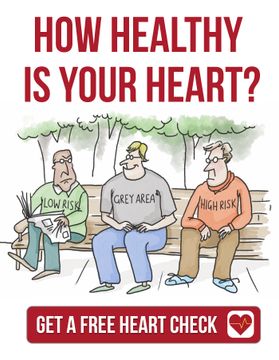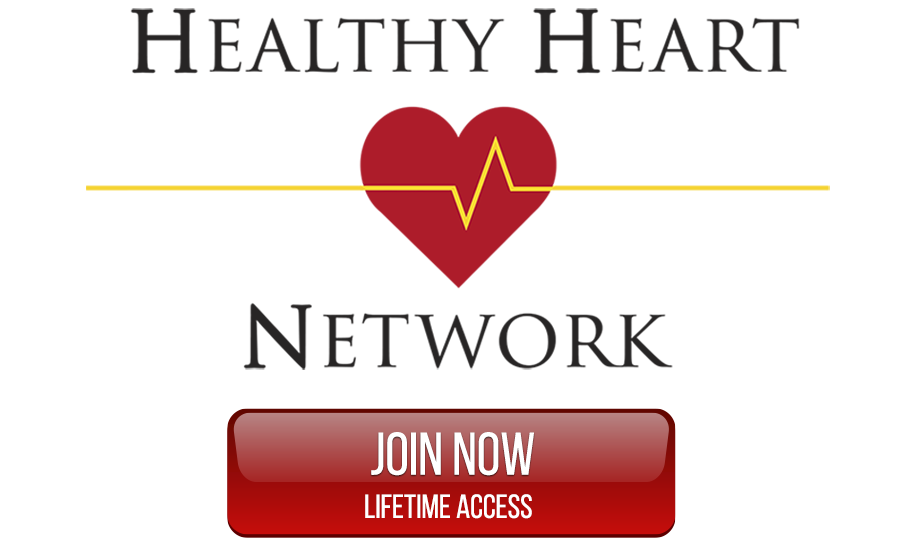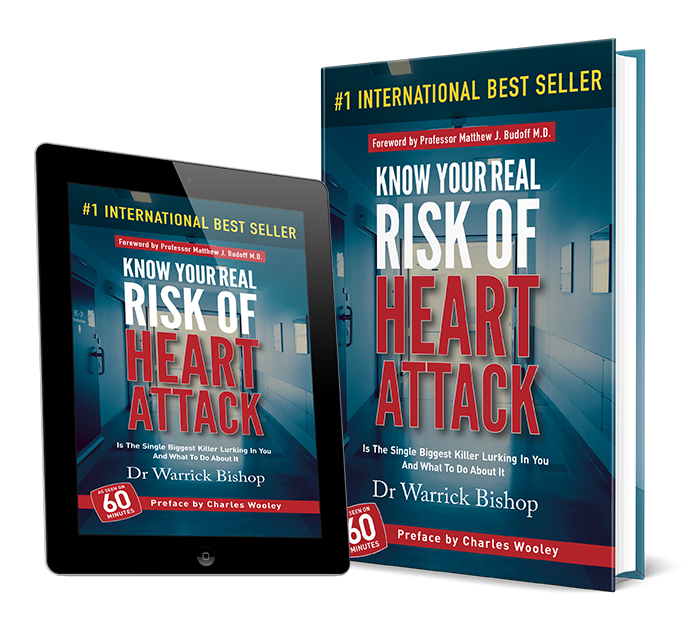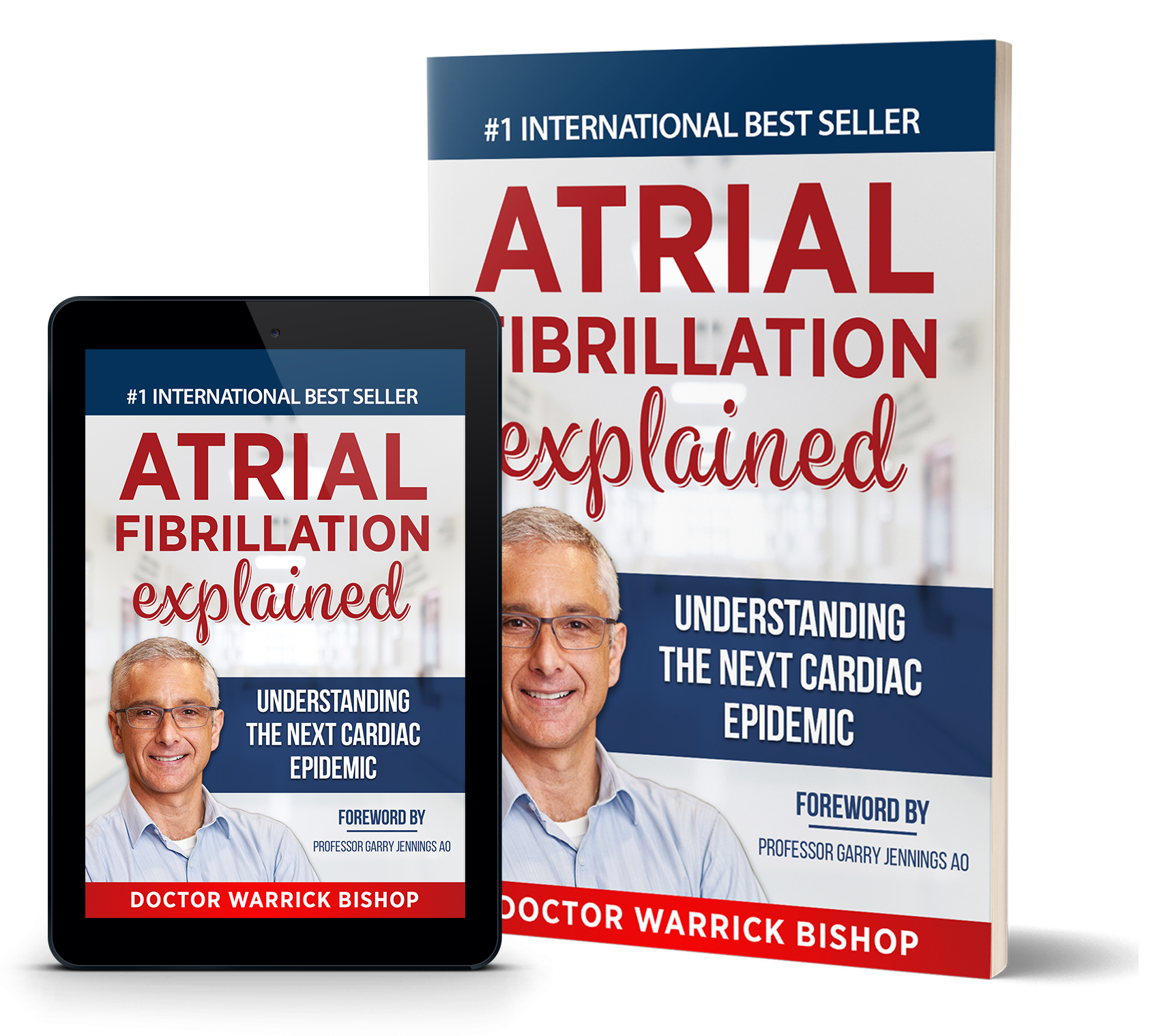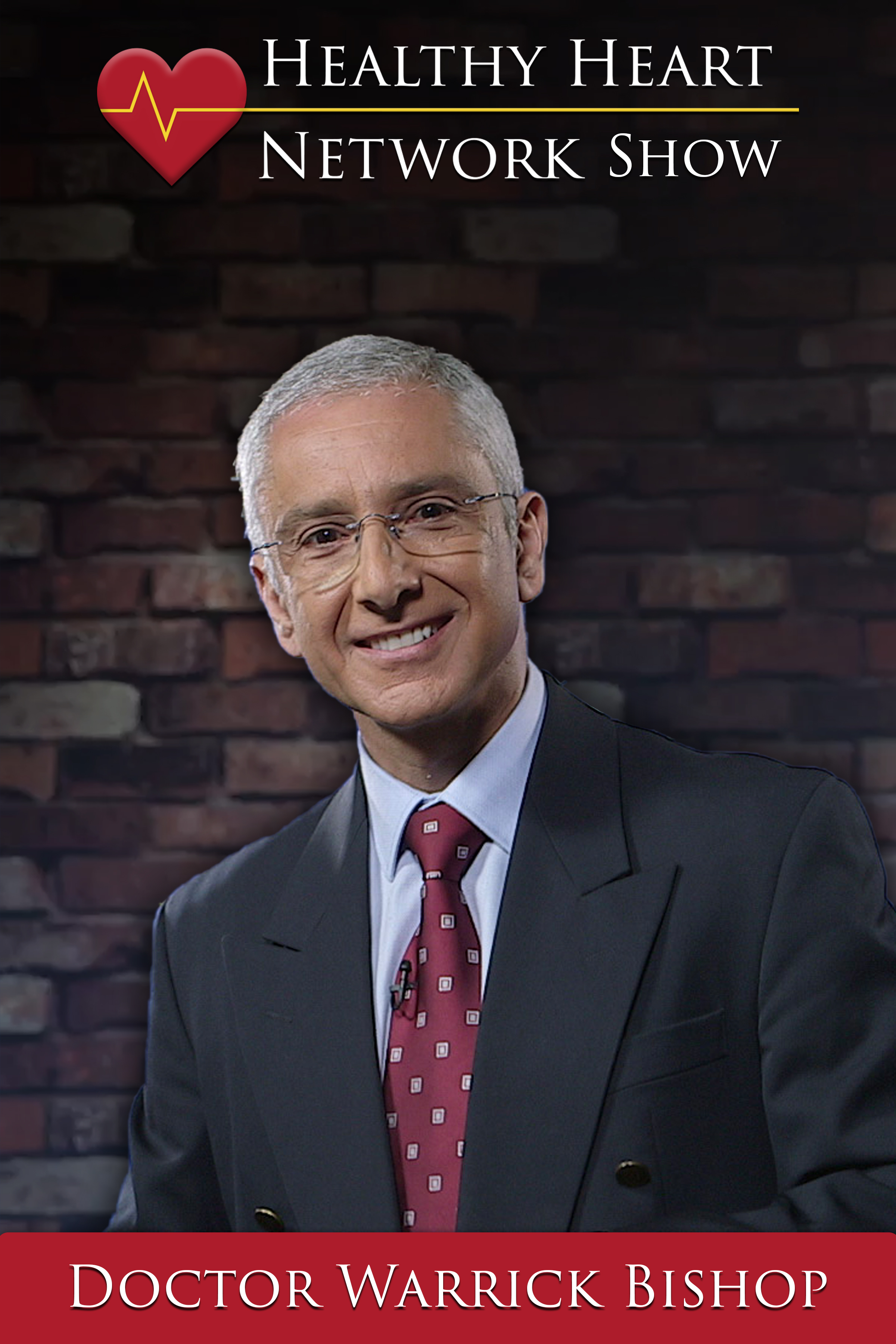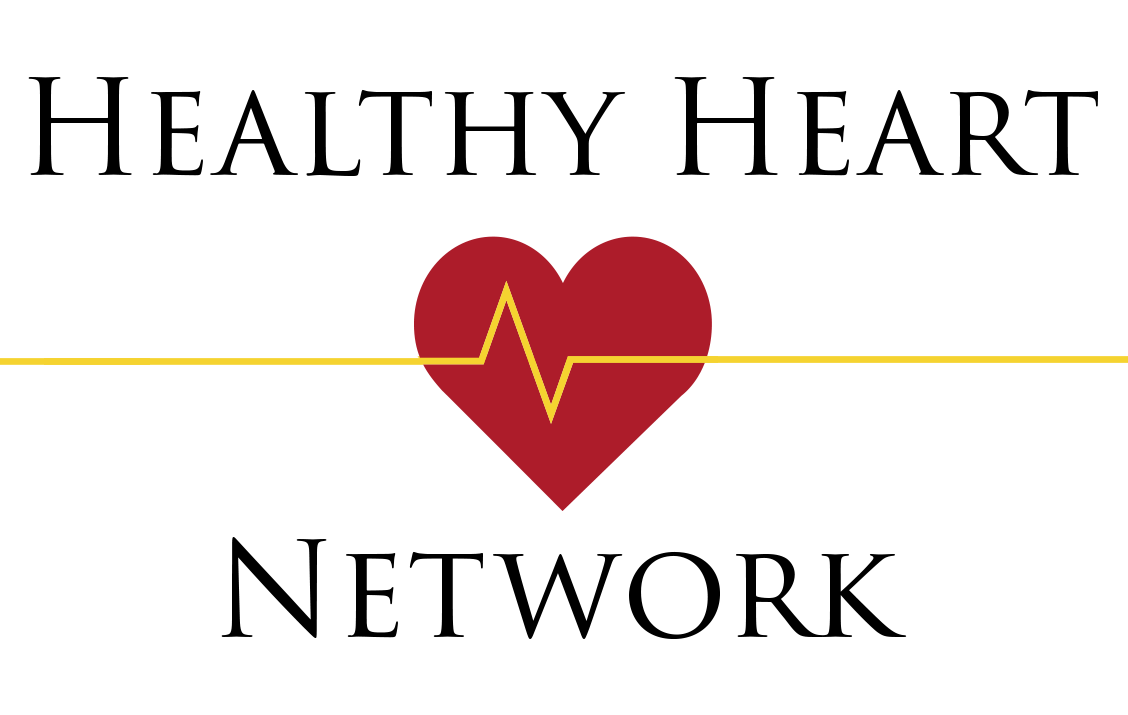I ended up as a cardiologist by chance.
As a young fellow at high school, I was good at mathematics and technical drawing together with physics and chemistry and thought my career would be in engineering. As fate would have it, I had the opportunity to do work experience in a local civil engineering company at that time. Not understanding what civil engineering was, over two weeks I observed mainly office based work focusing on retaining walls and draining systems. Unfortunately, I don’t think that is was a fair representation of the breadth and interest that engineering could offer, but I didn’t know that and I was no longer enthusiastic about engineering from the experience.
Because of my science background, I thought that I would apply for medicine and was somewhat surprised when I was subsequently accepted. There is no question that the medical degree was an interesting and challenging one, and through those years I found myself drawn to the processes of internal medicine more so than the skills of surgery.
When I eventually finished my internship in junior years and looked to training, I started in different areas of internal medicine and found that although I had an enthusiasm for haematology (the study of blood disorders) the fact that I was colour blind meant that I couldn’t appreciate the special stains and colours that were required for diagnosis as seen under a microscope. Haematology was put aside. My time subsequently was spent in gastroenterology, respiratory medicine, rheumatology, oncology and renal medicine. For various reasons, these different specialities also didn’t quite sit with me.
I then eventually dropped into cardiology, more by luck than by good fortune. As it turned out at the time, cardiology was a dynamic area. This was in the era that clot-busting medications were being used in the acute setting of heart attack. Bypass surgery was available and ballooning of tight arteries which subsequently became ballooning and stenting of tight arteries or narrowed arteries was just starting to appear on the horizon. At the same time there were exciting trials looking at the treatment of cardiac failure. Overall, cardiology really was a space where there was an opportunity to see great improvement from the care given.
Over the years as a trainee, I learnt about disease.
Subsequently, as a specialist, I have learnt about people.
It has been a tremendous realisation that within the realm of my profession I am able to make a real and meaningful difference in people’s lives on a daily basis.
I am always grateful for the opportunity to have time with students and junior doctors and I particularly try to make a point of sharing with them what I have found from sitting in my consulting room rather than what I have found from the books. The most important points I share with these up-and-coming doctors are the following.
1. People don’t care how much you know until they know how much you care. So as part of every consultation and ongoing management strategy, there is a requirement to try to engage with the patient in a way that makes them realise that they are not just a disease but an individual who needs help and care.
2. That the job is a privilege. In so many ways, we need to be careful not to take the job for granted. In our office, people we have never met will often share things with us that they would not share with anyone else. We have the opportunity to truly make a difference in their lives for better or for worse and we need to be aware of the implication of that responsibility. Doctors are given respect often without question and to not treat that with care is an embarrassment to the entire profession. The Government in Australia even support the income of doctors through the Medicare system, ensuring that not only patients are cared for but that the doctors are able to access funds for their work. It is not uncommon that the doctors in the hospitals get the best car parks and may even get free coffees at the coffee shop. These privileges need to be recognised and we need to be humble in accepting them. To not do so is arrogance.
3. Lastly, it is important to go the extra mile. Often is the case that whatever the patient’s actual presenting problem is, it may not necessarily fall within cardiology. If that is the case, I would see it as my role not to simply end the consultation and send the patient away but to genuinely try and find the next step toward what is required for that individual to have their particular need sorted out. It is professionalism that dictates that we need to, as best as possible, be holistic in our care and do whatever we can in our means to make sure that we are responsible until we have found another responsible professional to pick up the batten for an individual patient.
In regard to the concept of going the extra mile, I have written a book. This was born out of a realisation that there is an important conversation that needs to be had within the community around the role of cardiac CT imaging for cardiovascular disease prevention. Currently, the information is broadly limited, and the application of the technology is therefore limited. The opportunity, however, is enormous, and so I have written a book to try and educate the public so that they may have an educated and meaningful conversation with their own doctor about their own health and be proactive for their own care.
There is no question that from time to time, the job has been hard work, demanding and stressful, however, on balance, I couldn’t see myself doing anything else.
BW - Dr. Warrick Bishop



